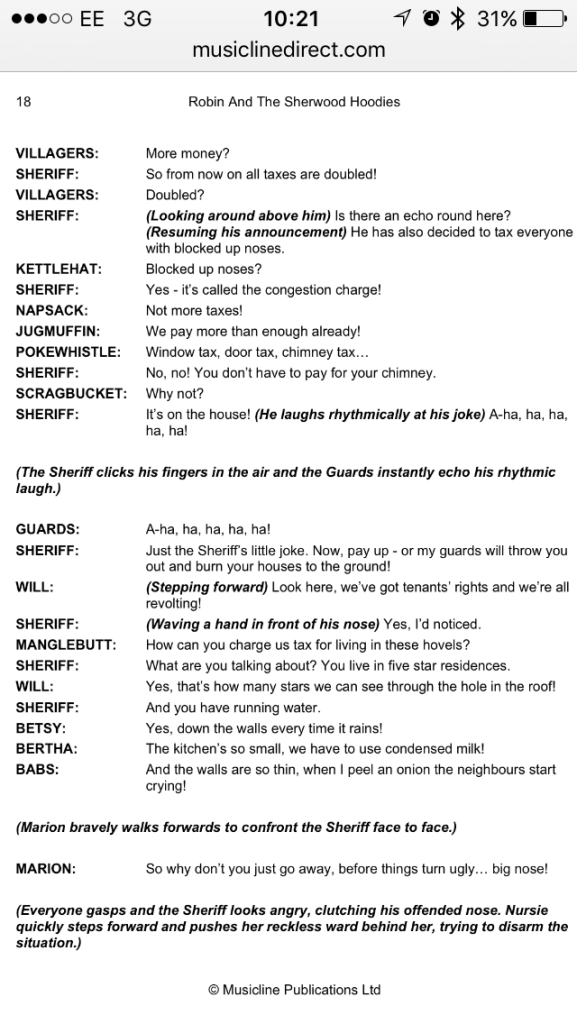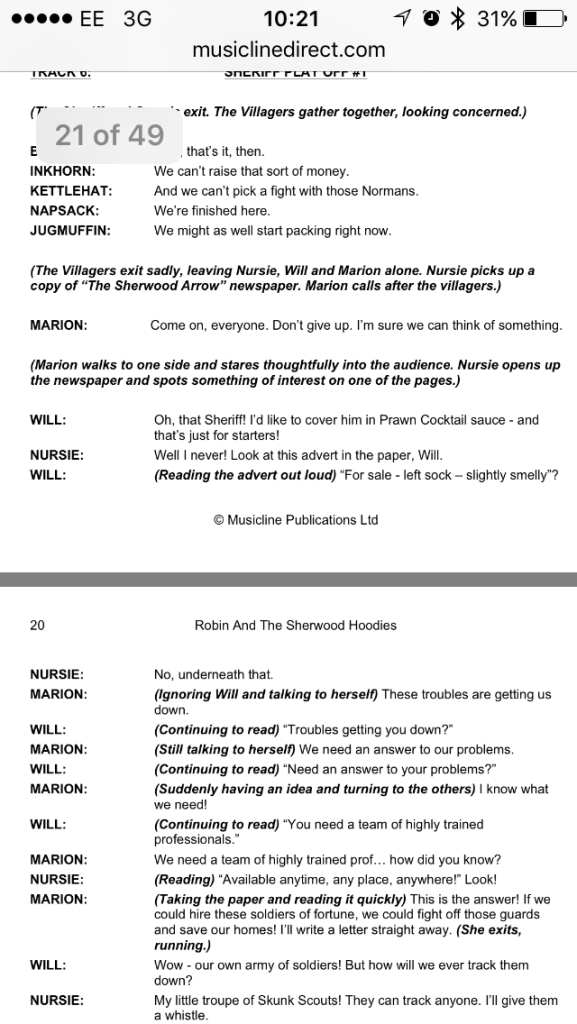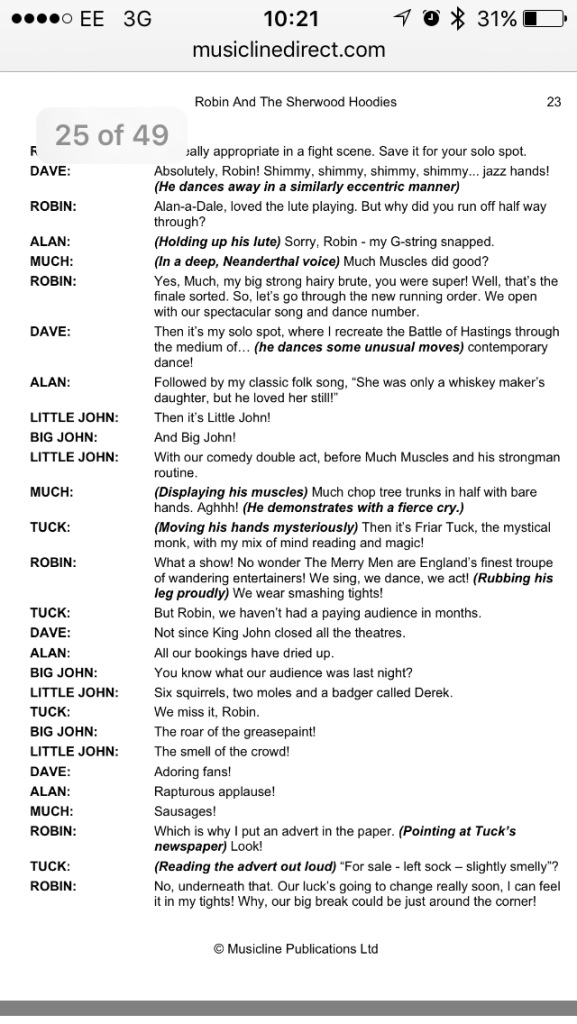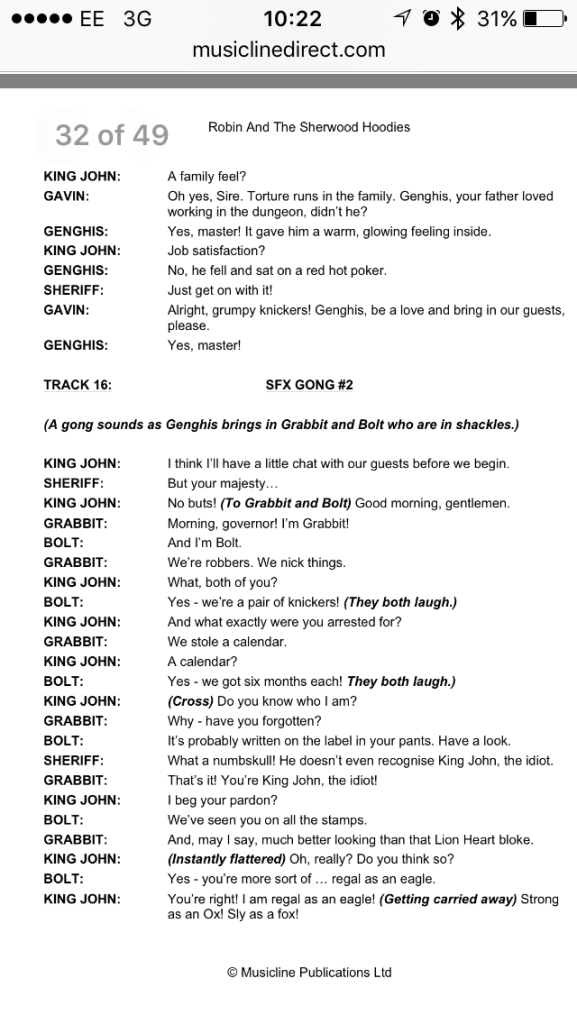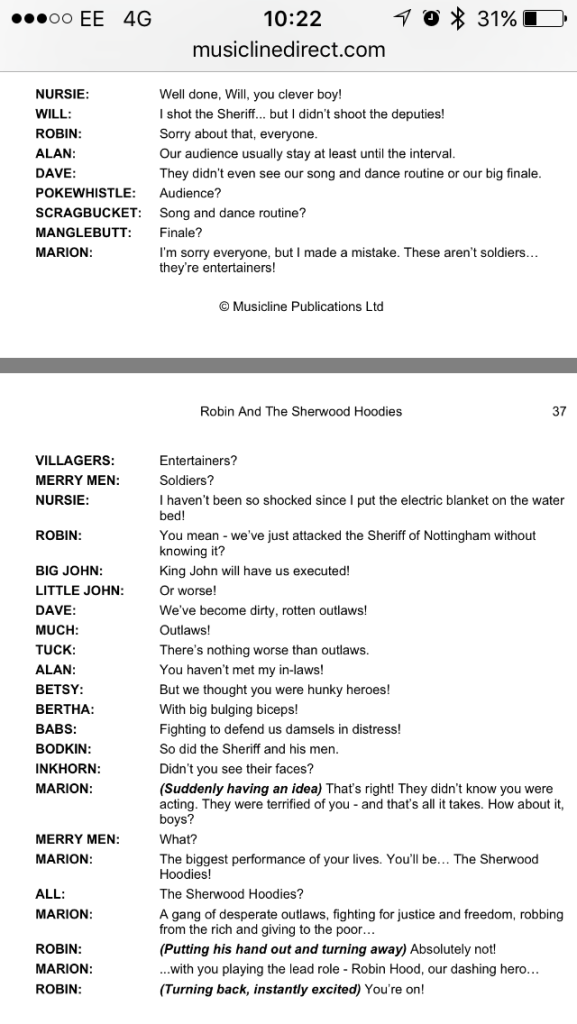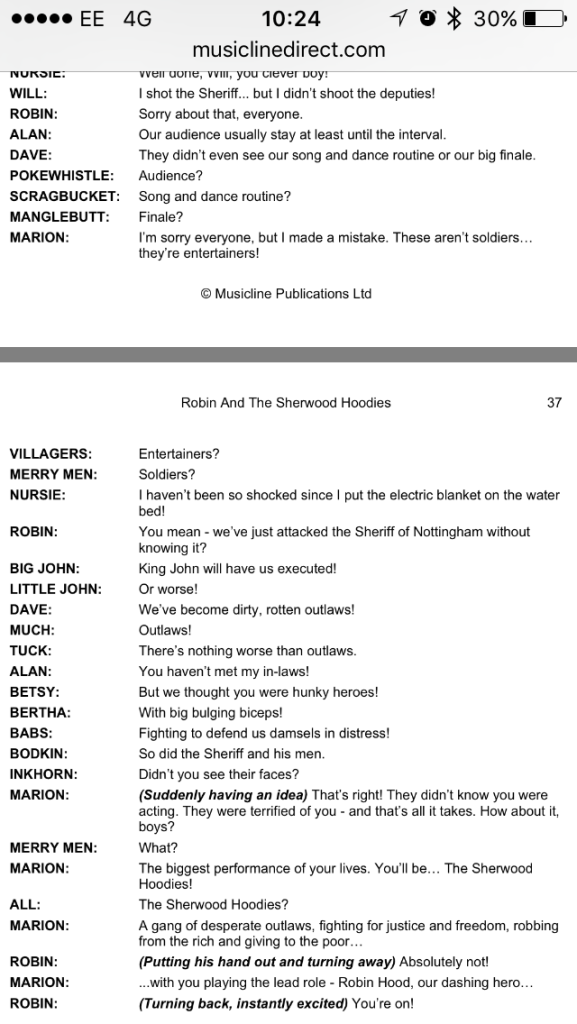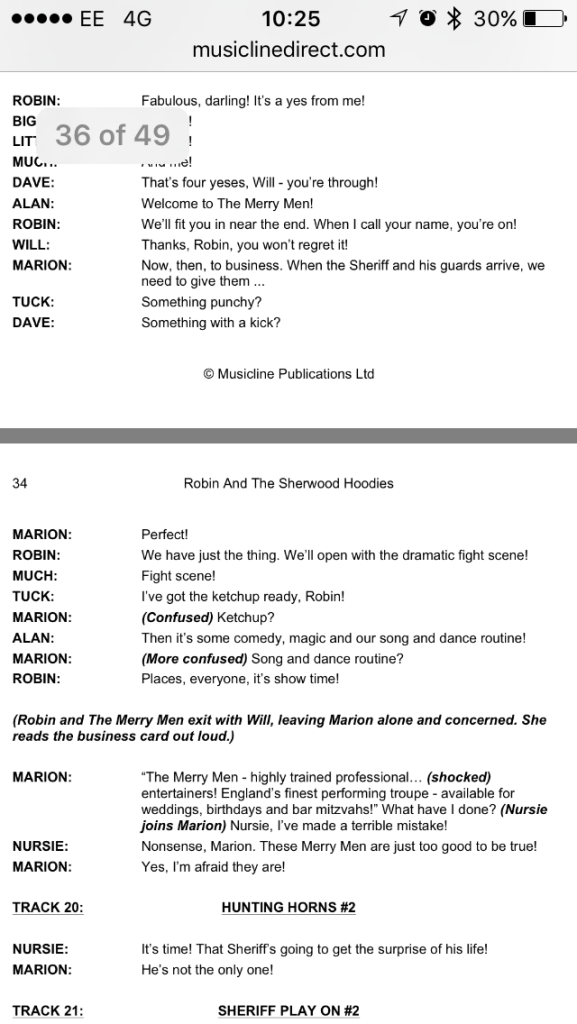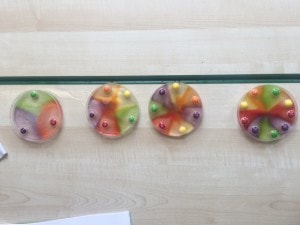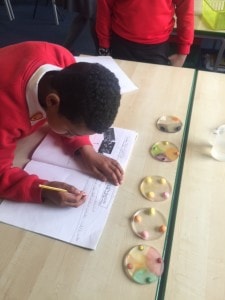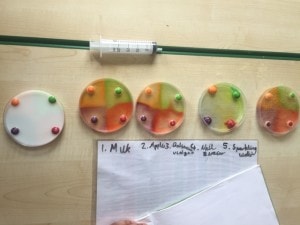On our visit to the National Media Museum in Bradford, we had a great time enjoying and making films. A big highlight for all of us was the 3D IMAX film all about dinosaurs. Check us out all ready in our glasses…
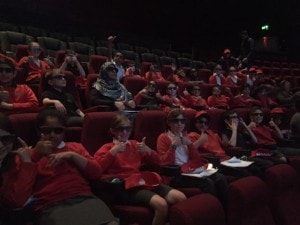
We stood behind and in front of the camera in our TV production workshop, learning all about the different stages that are involved in bringing things to our screens at home.
And we also had time for a bit of fun in the Games Lounge (where we saw how technology has advanced over the years) and the Magic Factory (where we learned all about the role of mirrors in the history of film).
What a great day out!
